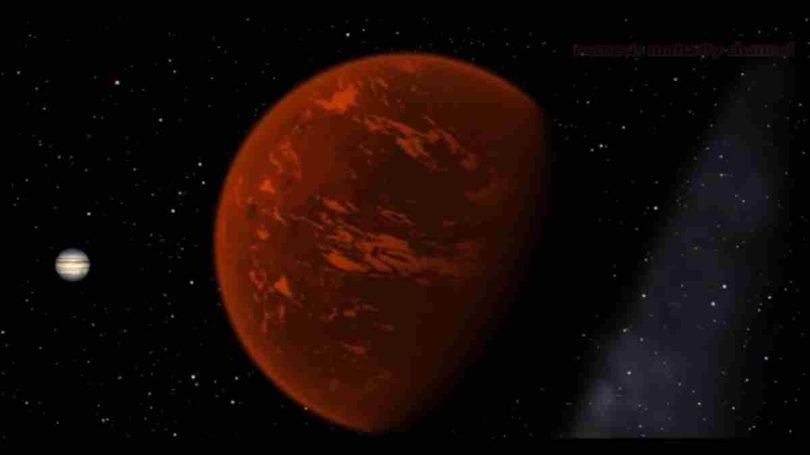Scientists Discover Potential Planet-Forming Disk Around Young Brown Dwarf
A brown dwarf is an object with a mass between that of the heaviest gas giant planets and the least massive stars. These substellar objects are often considered the missing link between gas giants and stars due to their relatively faint glow.
Similar to stars, some brown dwarfs retain swirling disks of gas and dust from their initial formation. These disks have the potential to collide and accumulate matter, potentially leading to the formation of planets. However, it remains unclear what types of planets can form around brown dwarfs.
In a recent study conducted by researchers from MIT, the University of Oklahoma, and other institutions, in collaboration with citizen scientists, a young brown dwarf with a potential planet-forming disk was discovered. Named W1200-7845, this brown dwarf is located approximately 100 parsecs from Earth and is estimated to be around 3.7 million years old.
The discovery of this system was made possible through Disk Detective, a NASA-funded crowdsourced project hosted by Zooniverse. The project provides space images for the public to classify, enabling the identification of objects likely to be stars with disks capable of hosting planets.
Co-author of the study, Steven Silverberg from MIT’s Kavli Institute for Astrophysics and Space Research, explained that multiple citizen scientists independently assessed each object, with the collective wisdom of the crowd determining which objects were likely to be stars with disks.
After the citizen scientists identified W1200-7845 as a disk in 2016, the researchers used an infrared instrument on the Magellan 6.5-meter telescopes at Las Campanas Observatory in Chile to conduct a closer examination. The observations confirmed the presence of a disk around the brown dwarf.
Silverberg stated that the mass of the disk provides valuable information about its composition and the potential for planet formation in the system. The researchers plan to further investigate W1200-7845 using telescopes such as ALMA (Atacama Large Millimeter Array) in Chile. ALMA comprises 66 large radio dishes that work together to observe the universe in the radio and infrared bands. With these observations, the team hopes to directly image the brown dwarf’s disk, allowing for measurements of its mass and radius.
The findings of this study, as well as an announcement about an updated version of the Disk Detective website, are being presented at the virtual meeting of the American Astronomical Society.


Leave a Comment